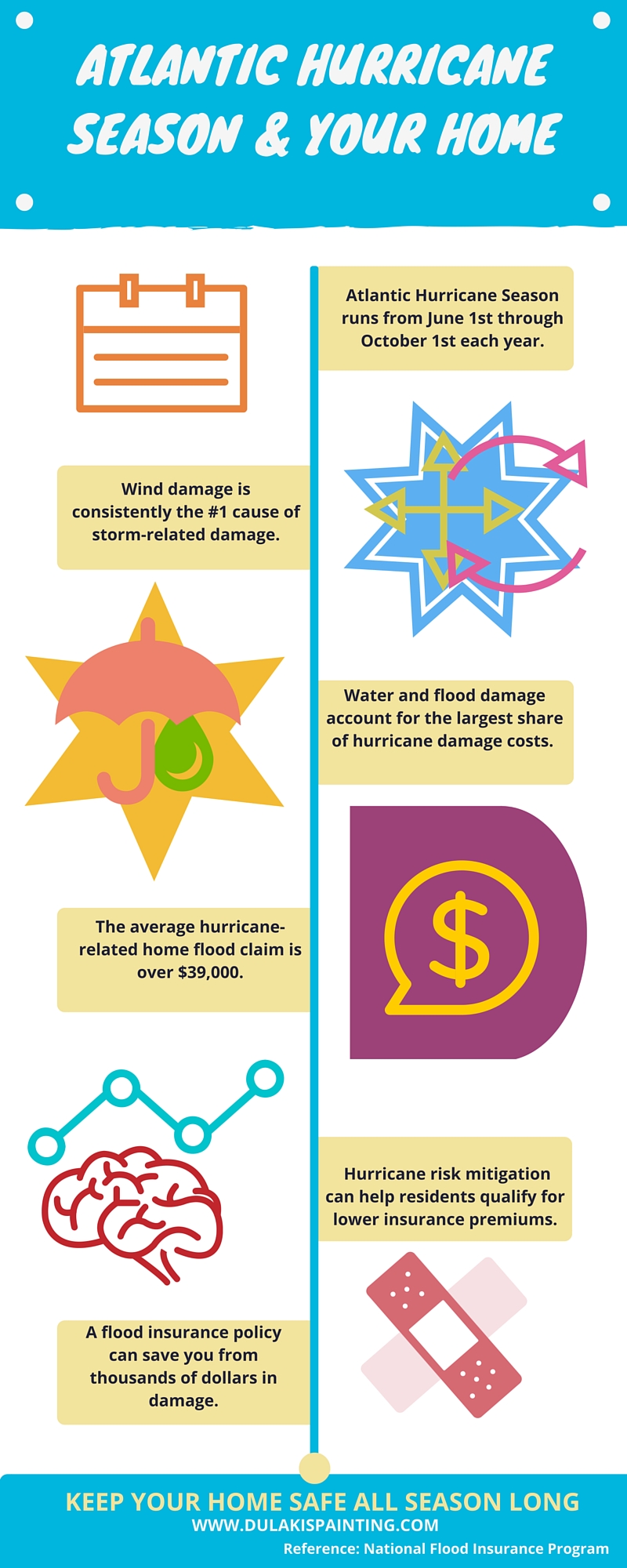Discover How Seasonal Impacts Can Influence The Effectiveness Of Industrial External Painting And Discover The Most Desirable Times To Guarantee Sturdy Outcomes For Your Task
Discover How Seasonal Impacts Can Influence The Effectiveness Of Industrial External Painting And Discover The Most Desirable Times To Guarantee Sturdy Outcomes For Your Task
Blog Article
https://ricardodnvem.blogdiloz.com/33403507/discover-the-most-current-methods-and-technologies-in-residential-paint -Ford Decker
When you're preparing an industrial external paint project, seasonal elements can make or damage your results. You'll wish to think about exactly how temperature and humidity effect paint application and drying out times. Choosing the best period can guarantee your paint adheres properly and lasts much longer. But which periods are truly the very best for this kind of job? Let's explore the key elements that can impact your project's success.
The Effect of Temperature Level on Paint Application
When you're preparing a commercial outside painting project, the temperature level can dramatically impact just how well the paint adheres and dries out.
Ideally, you want to paint when temperature levels range in between 50 ° F and 85 ° F. If it's as well cold, the paint might not cure properly, leading to problems like peeling off or cracking.
On the flip side, if it's too warm, the paint can dry out too promptly, preventing appropriate attachment and resulting in an unequal surface.
You need to likewise think about the time of day; morning or late afternoon offers cooler temperatures, which can be much more favorable.
Constantly inspect the producer's suggestions for the certain paint you're utilizing, as they frequently offer assistance on the optimal temperature level variety for optimum results.
Humidity and Its Effect on Drying Times
Temperature isn't the only environmental element that influences your industrial exterior painting project; humidity plays a substantial duty also. High moisture levels can reduce drying times substantially, affecting the overall high quality of your paint work.
When the air is filled with dampness, the paint takes longer to heal, which can cause concerns like poor attachment and a higher danger of mildew growth. If you're repainting on an especially damp day, be prepared for extended delay times in between layers.
It's vital to keep an eye on local weather and plan accordingly. Ideally, aim for moisture degrees in between 40% and 70% for ideal drying.
Keeping these consider mind guarantees your job stays on track and delivers a long-term finish.
Best Seasons for Commercial Exterior Paint Projects
What's the very best time of year for your business exterior painting jobs?
Spring and early fall are typically your best choices. Throughout these seasons, temperature levels are light, and humidity levels are frequently lower, producing suitable conditions for paint application and drying out.
Prevent summer's intense heat, which can create paint to dry as well swiftly, causing bad bond and finish. In a similar way, wintertime's cool temperatures can prevent proper drying and curing, taking the chance of the long life of your paint job.
Aim for days with temperature levels in between 50 ° F and 85 ° F for ideal results. Keep in mind to check the regional weather report for rainfall, as wet conditions can ruin your task.
Planning around these aspects ensures your painting job runs smoothly and lasts longer.
Conclusion
In conclusion, preparing your commercial exterior paint jobs around seasonal factors to consider can make a substantial difference in the outcome. By scheduling job throughout the excellent temperatures and moisture degrees, you'll ensure much better adhesion and drying times. Remember to keep exterior residential painting on neighborhood weather forecasts and pick the correct time of year-- springtime and very early fall are your best options. Taking these actions will help you accomplish a sturdy and expert surface that lasts.
